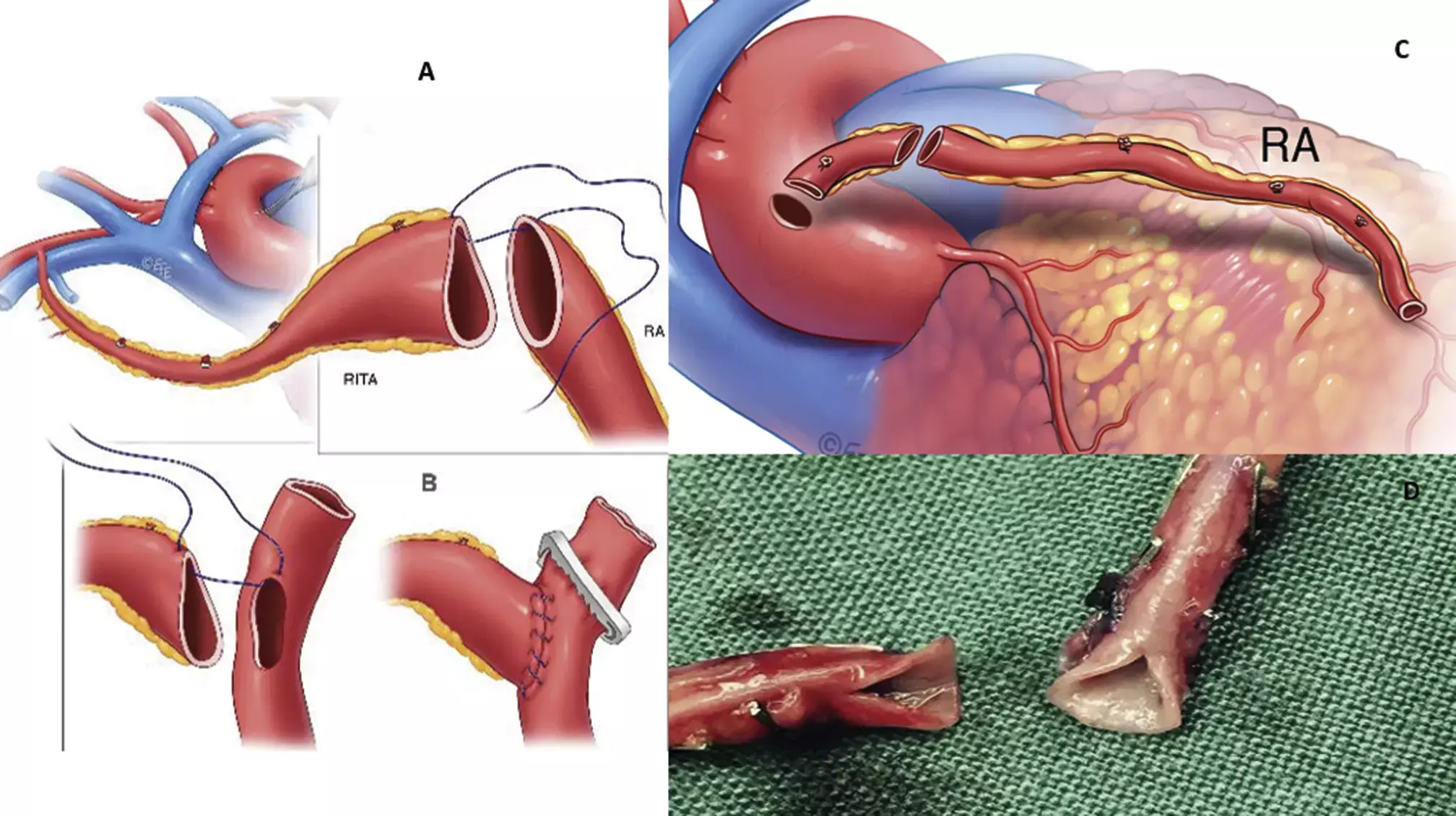- Home
- Medical news & Guidelines
- Anesthesiology
- Cardiology and CTVS
- Critical Care
- Dentistry
- Dermatology
- Diabetes and Endocrinology
- ENT
- Gastroenterology
- Medicine
- Nephrology
- Neurology
- Obstretics-Gynaecology
- Oncology
- Ophthalmology
- Orthopaedics
- Pediatrics-Neonatology
- Psychiatry
- Pulmonology
- Radiology
- Surgery
- Urology
- Laboratory Medicine
- Diet
- Nursing
- Paramedical
- Physiotherapy
- Health news
- Fact Check
- Bone Health Fact Check
- Brain Health Fact Check
- Cancer Related Fact Check
- Child Care Fact Check
- Dental and oral health fact check
- Diabetes and metabolic health fact check
- Diet and Nutrition Fact Check
- Eye and ENT Care Fact Check
- Fitness fact check
- Gut health fact check
- Heart health fact check
- Kidney health fact check
- Medical education fact check
- Men's health fact check
- Respiratory fact check
- Skin and hair care fact check
- Vaccine and Immunization fact check
- Women's health fact check
- AYUSH
- State News
- Andaman and Nicobar Islands
- Andhra Pradesh
- Arunachal Pradesh
- Assam
- Bihar
- Chandigarh
- Chattisgarh
- Dadra and Nagar Haveli
- Daman and Diu
- Delhi
- Goa
- Gujarat
- Haryana
- Himachal Pradesh
- Jammu & Kashmir
- Jharkhand
- Karnataka
- Kerala
- Ladakh
- Lakshadweep
- Madhya Pradesh
- Maharashtra
- Manipur
- Meghalaya
- Mizoram
- Nagaland
- Odisha
- Puducherry
- Punjab
- Rajasthan
- Sikkim
- Tamil Nadu
- Telangana
- Tripura
- Uttar Pradesh
- Uttrakhand
- West Bengal
- Medical Education
- Industry
Some Oral Antispastic Medications contribute to better Radial Artery Graft Patency Post-CABG: Study

A small Chinese trial evaluated the effects of three oral antispastic medications over 24 weeks in preventing spasm-induced radial artery graft failure after coronary artery bypass grafting (CABG).
The study found that nicorandil and isosorbide mononitrate showed a trend toward better graft patency and fewer instances of hypotension compared to diltiazem. Since graft patency is a major factor limiting the wider use of radial artery grafts in CABG, these findings suggest that medication could help overcome this barrier and promote the greater adoption of this surgical approach.
The optimal treatment to prevent spasms in radial artery grafts after coronary artery bypass surgery remains uncertain. This clinical trial aimed to compare the effects of nicorandil, isosorbide mononitrate, and diltiazem on radial artery grafts.
This was a single-center, randomized, open-label, parallel-group pilot trial. Patients who underwent coronary artery bypass surgery using radial artery grafts were randomly assigned to receive oral nicorandil, isosorbide mononitrate, or diltiazem for 24 weeks after surgery.
The main outcome was the failure of the radial artery graft, assessed at one and 24 weeks using coronary computed tomography angiography. Results: Among 150 participants, 149 were assessed at least once using coronary computed tomography angiography. The trial included 50 participants in the nicorandil group, 50 in the isosorbide mononitrate group, and 49 in the diltiazem group. At one week after surgery, failure rates of radial artery grafts were lower in patients receiving nicorandil compared to those receiving diltiazem, and lower in those receiving isosorbide mononitrate compared to diltiazem.
The failure rate was slightly higher in patients receiving nicorandil compared to isosorbide mononitrate. At 24 weeks, failure rates of radial artery grafts remained lower in patients receiving nicorandil or isosorbide mononitrate compared to diltiazem. The failure rate was slightly higher in patients receiving nicorandil compared to isosorbide mononitrate. This pilot trial found that treatment with nicorandil or isosorbide mononitrate was associated with a lower failure rate of radial artery grafts compared to diltiazem. Further large-scale trials are needed to confirm these findings.
Reference:
Zhu Y, et al "Effects of nicorandil, isosorbide mononitrate, or diltiazem on radial artery grafts after CABG: the randomized ASRAB-Pilot trial" Circ Cardiovasc Interv 2025; DOI: 10.1161/CIRCINTERVENTIONS.124.014542.
Dr. Shravani Dali has completed her BDS from Pravara institute of medical sciences, loni. Following which she extensively worked in the healthcare sector for 2+ years. She has been actively involved in writing blogs in field of health and wellness. Currently she is pursuing her Masters of public health-health administration from Tata institute of social sciences. She can be contacted at editorial@medicaldialogues.in.
Dr Kamal Kant Kohli-MBBS, DTCD- a chest specialist with more than 30 years of practice and a flair for writing clinical articles, Dr Kamal Kant Kohli joined Medical Dialogues as a Chief Editor of Medical News. Besides writing articles, as an editor, he proofreads and verifies all the medical content published on Medical Dialogues including those coming from journals, studies,medical conferences,guidelines etc. Email: drkohli@medicaldialogues.in. Contact no. 011-43720751


